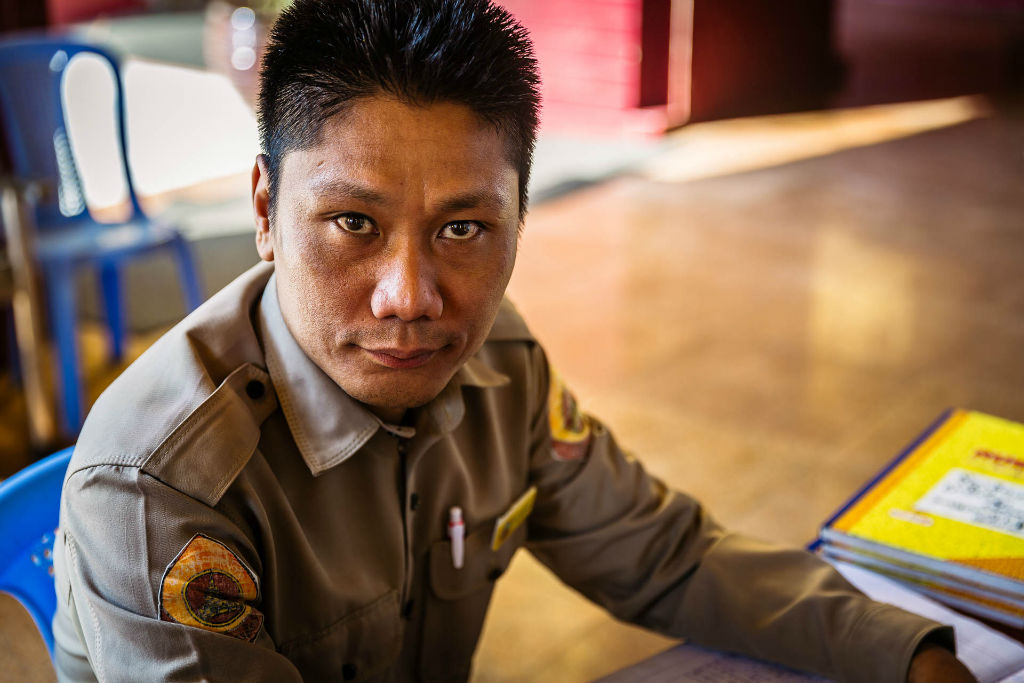Myanmar has had a very turbulent history in the recent two centuries. After almost a millennium of stability, 1824 saw the British attacking Burma and losing most of its regions. After occupation by the British and the Japanese, Burma officially became a republic in 1948. However, this new-found identity only lasted for just 14 years, when the civilian government was overthrown in 1962 and replaced by military dictatorship.
While the recently elected democratic government has seen a shift in the country’s direction, Myanmar’s special history has left a permanent mark on society in general. Burma has always been a particular case when it came to its leadership – the country has a strong military tradition, a longstanding fear of foreign intervention, and a deep seeded need to keep the country unified. Furthermore, British rule significantly weakened civil society, pushing Burmese people out on middle-ranking and senior civil service roles.
Indigenous Burmese minorities have historically made the bulk of the police and army forces, and the collapse of the middle class has made it almost impossible for a functional civil society to be born. In fact, the recent ethnic cleansing of minority Rohingya Muslims in Burma are being strongly attributed to a weak government that is circumvented by a stronger military.
But despite the tumultuous history of Burma, and the recent atrocities against Rohingya in the state of Rakhine, the Burmese have an innate sense of resilience. They still dream and long for a country that will be open to all, and this is precisely why it has been a great pleasure to photograph the Burmese during my visit to Myanmar.










